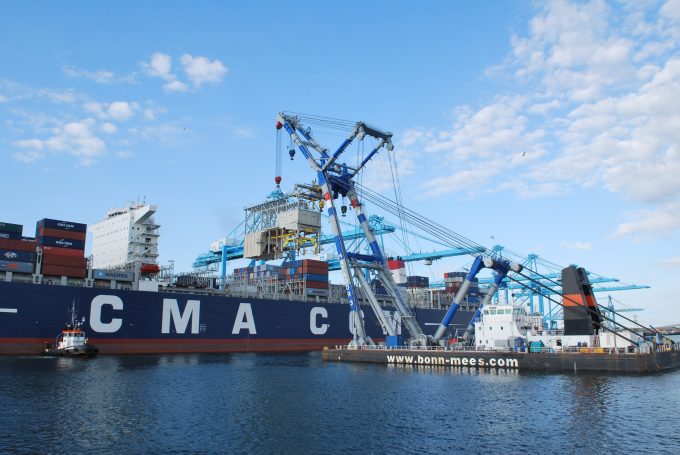'Hands on triggers' over Gaza a threat to early Red Sea return
There have been “notable increases” in maritime insurance premiums, as ceasefire uncertainty clouds the prospect ...

The heavylift, project cargo and multipurpose shipping sector is set for another two years in the doldrums, according to a new report from Drewry Maritime Research.
Describing the past quarter as one of “the worst the multipurpose and project carrier sector has endured in living memory”, ...
CMA CGM South Korean staff strike over bonuses after bumper 2024 profit
MSC switches two more Asia-Europe port calls from congested Antwerp
CMA airline returns two freighters, while ANA takeover of NCA looms
Nightmare for Bangladeshi exporters as congestion and tariffs bite
Tradelanes: Export boom in Indian sub-continent triggers rise in airfreight rates
Carriers introduce surcharges as congestion builds at African ports
Ports and supply chain operators weigh in on funding for CPB
Box ship overcapacity threat from carrier appetite for new tonnage

Comment on this article